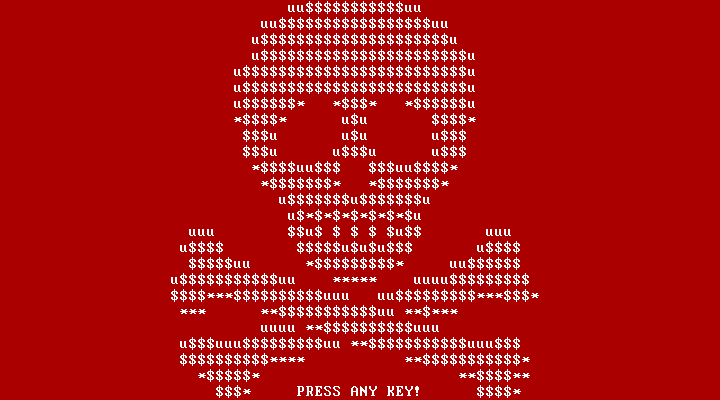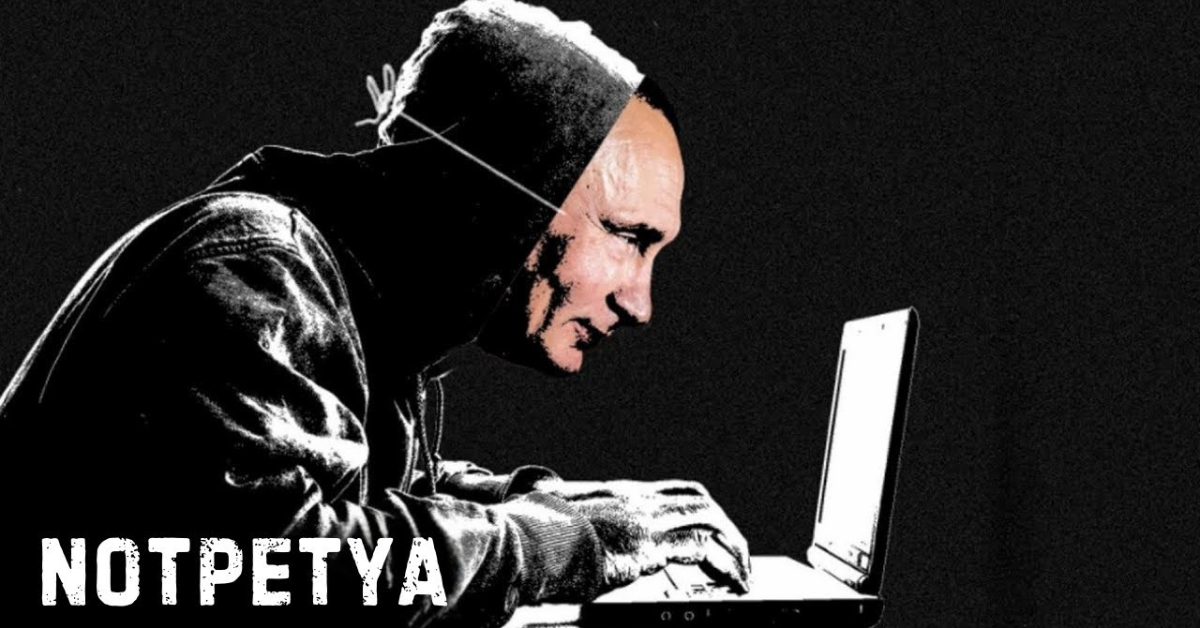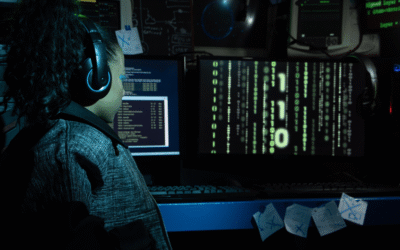The escalating tensions between Russia and Ukraine have reignited debates about the role of cyberattacks in modern warfare. Among these, the NotPetya attack of 2017 stands out as a critical case study, shedding light on the broader implications of state-sponsored cyber attacks. This article explores the NotPetya cyberattack, its widespread consequences, and its enduring significance in today’s conflicts.
NotPetya Unleashed: A Global Cyber Crisis
On June 27, 2017, the NotPetya cyberattack erupted, targeting Ukrainian systems with devastating precision. Launched as a state-backed operation, it aimed to cripple Ukraine’s infrastructure but soon spiraled beyond its borders, impacting organizations worldwide. The malware exploited weaknesses in computer systems, locking users out and erasing critical data. Its sophisticated design disrupted operations across multiple sectors, including government agencies, banks, energy providers, and healthcare facilities, thereby paralyzing essential services.
The timing was deliberate, striking just before Ukraine’s Constitution Day holiday. With many employees, including IT staff, already off duty, response efforts were hampered, amplifying the attack’s symbolic and practical damage. While Ukraine bore the brunt, the malware’s ability to spread rapidly across networks affected over 60 countries, including the United States, the United Kingdom, and Germany. The culprits? A Russian hacking group called SandWorm, tied to the GRU military intelligence agency, known for prior assaults like the 2015 Ukrainian power grid attack.

The Infection Mechanism: A Deceptive Destroyer
NotPetya infiltrated systems primarily through M.E.Doc, a tax software ubiquitous in Ukraine, though phishing emails also served as an entry point. Once inside, it masqueraded as a routine update prompt. If users approved it, the malware unleashed chaos, encrypting files, corrupting the master boot record, and rendering systems useless. It then sought out other vulnerable machines to infect, behaving like a worm.
Initially, a ransom demand appeared, suggesting data could be recovered via Bitcoin payment. But this was a ruse. Unlike traditional ransomware, which seeks profit, NotPetya was a wiper; its true aim was destruction, not financial gain. This distinction earned it the name “NotPetya,” setting it apart from the Petya ransomware family, which typically allowed data recovery after payment.

Halting the Onslaught: A Global Response
Containing NotPetya proved daunting due to its scale and speed. Immediate steps involved isolating infected devices to curb its worm-like spread. Cybersecurity experts discovered that creating files named “perfc” or “perfc.dat” could trick the malware into sparing a system, offering a makeshift defense. Meanwhile, organizations worldwide urged vigilance among employees to prevent further infections.
The attack’s global reach spurred unprecedented international collaboration. In 2018, nations including the United States, the United Kingdom, Canada, and Australia, backed by others like New Zealand and Finland, united to pinpoint the perpetrators. Sharing intelligence, they confirmed Russia’s role and responded with sanctions aimed at limiting Moscow’s technological reach and cyber capabilities. This collective effort underscored the need for a unified stance against cyber aggression.
NotPetya and the Ukraine-Russia Conflict: An Ongoing Threat
Russia’s cyber campaigns against Ukraine persist, often complementing physical warfare. In 2022, SandWorm struck again, targeting a Ukrainian energy firm with Industroyer2, a wiper reminiscent of NotPetya. Though thwarted before causing a blackout, the attack highlighted Russia’s relentless strategy to destabilize Ukraine’s infrastructure. Amid active combat, Ukraine struggles to bolster its digital defenses against this hybrid warfare.
While these cyberattacks inflict significant disruption, they have yet to decisively undermine Ukraine’s resilience. Their impact, though severe, appears most effective when paired with conventional military efforts, suggesting a supporting rather than a standalone role in Russia’s arsenal.
Conclusion: A Lasting Warning
The NotPetya attack remains a defining moment in cybersecurity history, exposing the destructive potential of state-sponsored cyber weapons. Its repercussions rippled across more than 60 countries, leaving a trail of chaos and economic loss. Eight years on, it serves as a chilling reminder of Russia’s cyber prowess and a call to action for nations to fortify their digital frontiers. As warfare increasingly straddles physical and virtual realms, NotPetya’s legacy endures as both a lesson and a warning. To enhance your understanding of the NotPetya cyberattack and its far-reaching implications, I recommend watching this YouTube video:





0 Comments